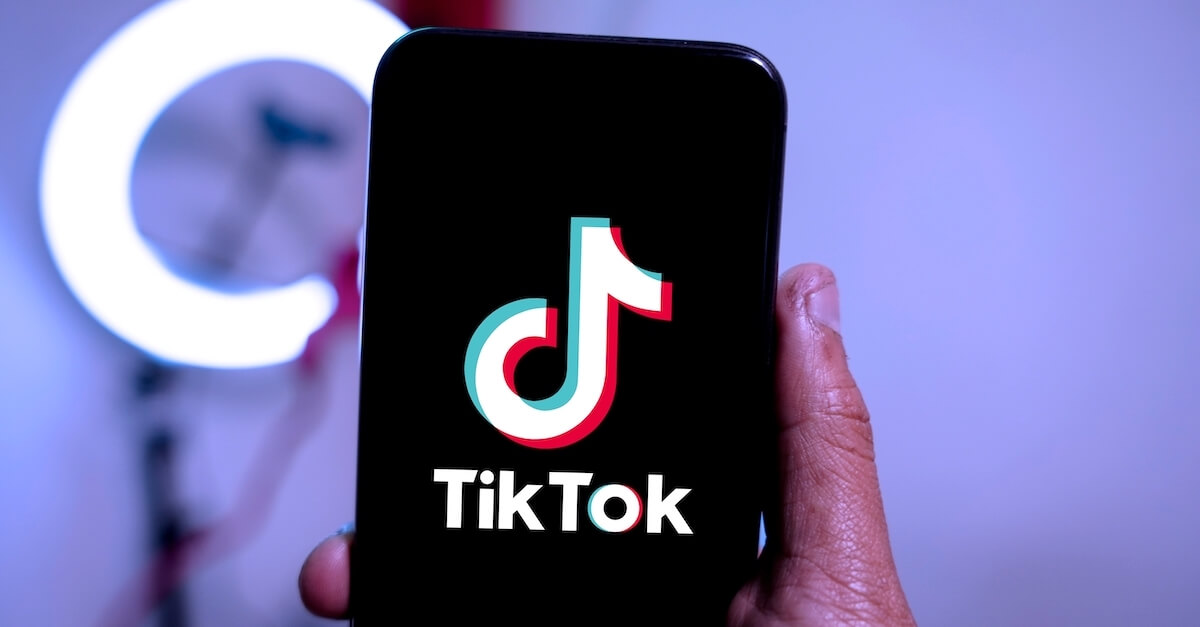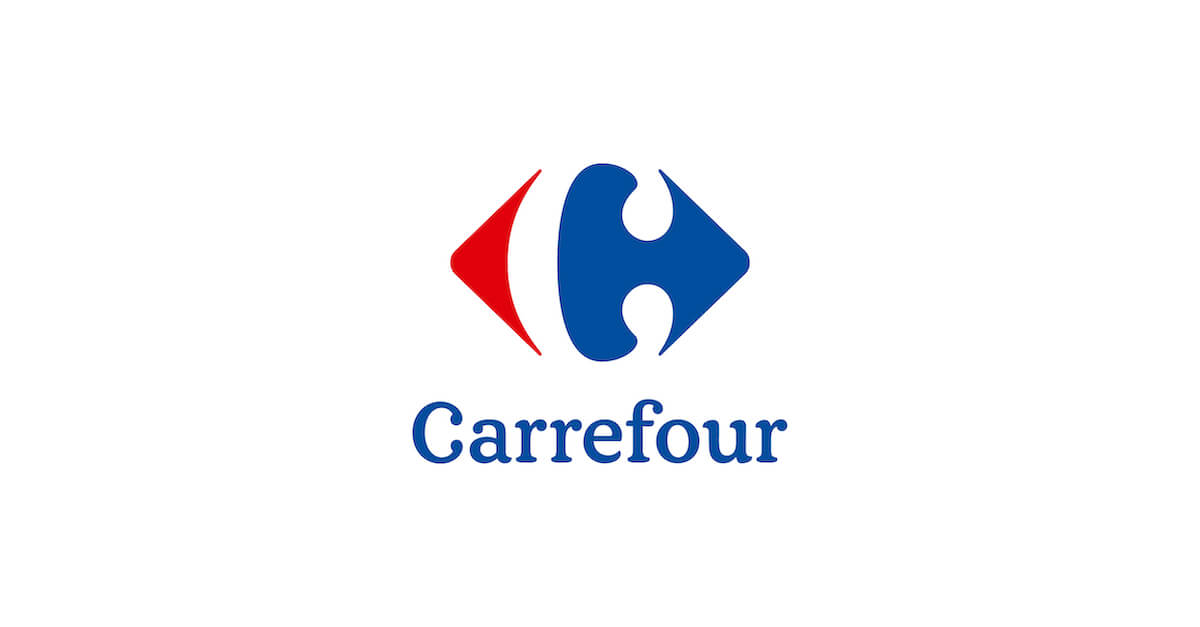December 13, 2023
The Truth About Generative AI and Brand Voice
By Lisa Spira

The concept of brand voice is top of mind in the era of Generative AI. You would be hard-pressed to find a single marketing GenAI solution that does not claim to have the ability to generate on-brand content (ours included!). Yet there are a number of inherent tensions and nuances between Generative AI and brand voice that are not simply a matter of “teaching” the algorithm how to talk like you. It’s also worth asking what brand voice means for today’s marketer, given pressure to deliver personalized customer experiences. Should brands even have a single brand voice? (Persado COO Accaf Bacui, writing in Forbes, suggests they should not.)
This post explores the opportunities and challenges that arise with Generative AI and brand voice and offers advice for how marketers can think about them.
What is a brand voice?
Brand voice in its simplest form refers to how a company speaks to its customers. It aims to project a consistent, easily identifiable image, personality, vibe, or values to engage customers and motivate loyalty.
A number of highly varied elements are reflected in an organization’s brand voice. They include:
- A brand’s tone or how it feels to the customer—whether it is serious or playful, formal or casual, sophisticated or exclusive
- Brand “messaging” that all communication must in some way use
- Legal rules and regulations that all brand communication must adhere to
- Grammatical style rules such as AP Style or Chicago and in what contexts brand communications can vary from them
- Length or formatting that marketing teams must adhere to for email, text, ad, and web banner templates
- Words or phrases a brand cannot use either for legal or style purposes
Brand voice is tightly connected to a brand’s identity or personality as they’re understood by customers. Marketers believe—with good reason—that a strong brand voice is a factor in customer loyalty, which is key for driving more frequent and higher-value purchases.
The challenge of brand voice
The what and why of brand voice may seem straightforward. Yet in practice, defining your brand voice and adhering to it can get very complicated. The reason why is that the list of elements captured within a brand’s voice are not all objective.
The objective aspects of brand voice include the grammatical style (i.e., you either use serial commas or you don’t), core messaging you must include, and any legal rules that affect word choice or disclaimers.
On the subjective side lies … well … pretty much everything that people say makes their communications “sound like them.” A brand team often has a set of words that define the brand. For example, a bank may say its brand should project “trustworthiness” and “expertise.” A luxury brand may aim to project “sophistication.”
But, who decides if a brand message adheres to those principles? A message that projects trustworthiness to one person may come across as overly polished and insincere to someone else. Similarly, what one views as sophisticated may be quite common to another with more worldly experiences. What’s the difference between a fun brand voice and one that crosses over into obnoxious? Therein lies a challenge with brand voice: it can be fuzzy and imprecise. As a result, it is challenging to codify for both humans and machines.
How brand voice can change with time and context
The challenge of defining and even codifying a brand voice grows in the context of personalization. Consumers say they are more likely to buy from, become repeat customers of, and recommend brands that deliver personalized experiences. Personalization often focuses on offering product recommendations or discounts based on individual customer behaviors or preferences. Yet personalized messaging crafted to promote those offers plays a role in optimizing customer engagement. That can be hard to achieve if the language that would engage a given customer is in conflict with the brand’s voice guidelines.
Nor is a brand’s voice unchangeable and sacrosanct. On the contrary, it is nearly universal for a new CMO or head of brand to lead a brand refresh or a full rebrand—including new messaging, positioning, and tone revisions. Mergers, new product launches, geographic expansion, and even slow growth can all motivate a rebrand for the purpose of introducing (or reintroducing) a company to the customers it wants to reach. Moreover, even if the brand guidelines do not change, different marketers may have individual interpretations for the same brand guidelines. As a result, brand voice can change depending on which employee works on a campaign.
Finally, just because marketing copy is on-brand, does not mean that it is always the best-performing messaging. One of the realities of digital marketing is that the same message can see performance degradation over time. New, fresh, unexpected language can rejuvenate customer attention and drive engagement. Yet the same quality responsible for driving engagement may read as off-brand. That puts marketing teams seeking performance in a tough spot.
How to marry Generative AI and brand voice
Combine the subjectivity of what makes a brand “trustworthy” or “sophisticated” and the changeability inherent in personalization, and it is clear why brand voice can get complicated. The growing use of Generative AI by marketing teams adds to this complexity.
The promise of a general-purpose Generative AI for marketers is to scale their creative productivity. One way marketers can leverage Generative AI is to craft copy for ads, email campaigns, blog posts, or website pages. The Persado enterprise Generative AI focuses on these use cases using a proprietary language model trained on 10+ years of brand messaging from Fortune 500 firms. The insights contained in our platform about what drives engagement allow Persado-generated messages to outperform human-generated control copy 96% of the time.
Increasingly, Generative AI marketing solutions—Persado’s included—include ways to “train” the AI in brand voice by using certain words or adhering to certain grammar style rules. GenAI can be prompted, in other words, to include all of the objective elements of brand voice in its outputs.
But, what about the subjective ones?
How Persado tackles brand voice
It is possible to train a machine learning algorithm to perceive the tone or feeling you are trying to impart through your brand voice. The Persado Motivation AI, for example, recognizes the emotional context of words and word phrases. When an emotion like ATTENTION produces a stronger customer response than CURIOSITY, our AI integrates that knowledge. Persado has also codified narrative themes like CELEBRATION or INDIVIDUALITY. Our GenAI can evaluate a collection of customers’ past campaigns and apply performance observations related to emotion and narrative to every message generated for your brand.
Yet it is important to note that the humans in our organization have spent years tagging words and phrases in our knowledge base according to their emotional and narrative contexts. This is one way we have chosen to codify an element of brand voice and build it into our solution. Persado’s Motivation AI is the only emotion and narrative-aware Generative AI solution on the market, so far as we know. It is also explainable—you will know when it is producing language with an EXCITEMENT emotion and why.
Persado had taken this approach to balance the focus on marketing campaign performance with our customers’ desire to maintain their brand voice. A different Generative AI point solution with a different business focus will by definition have a different technical way to reflect a brand’s voice with its audience. What is the right option for a given marketing team? It depends on the goals of the business. What are you using GenAI to achieve? Since different solutions offer different value propositions, it’s important to think about what value you’re looking to achieve and select your solution based on those goals.
Can generative AI and brand voice become fully married?
Is Persado foolproof when it comes to speaking in a brand’s voice?
No—though that is often by choice. The Persado Motivation AI is first and foremost trained to optimize marketing language for best customer engagement. As mentioned, the highest-performing messages sometimes deviate from the brand voice. Such deviation may be more likely with personalized content.
Some of our customers choose to run those acceptably off-brand messages, or at least include them in a multivariate experiment. Because of the subjectivity with brand voice, some marketing teams are willing to stretch the definition of a brand voice to include more language that is predicted to motivate engagement. In this way, they are making a trade-off between brand voice adherence and campaign performance. Other customers would rather run a lower performing campaign than one that feels off-brand.
One approach is not better than another. It is entirely up to the brand. Which is another way of saying that it is up to the humans to decide.
The human in the room with Generative AI and brand voice
An important aspect that can get lost in the discussion of Generative AI and brand voice is the continued importance of keeping humans in the loop and involved in the final language decisions. Persado research finds combining human creativity with GenAI produces better results than just one or the other on its own. Our customers want that control and we give it to them by generating marketing messages that they can test or simply field based on their performance prediction. We try to balance the brand voice with the performance imperative, but you ultimately decide what language to use with your clients.
Benefiting from technology is often about being willing to experiment with new approaches and seeing how they perform. That requires taking slight risks for long-term gain and learning from the results.To learn more about Persado and how we use Generative AI and brand voice, schedule your no-risk trial today.


